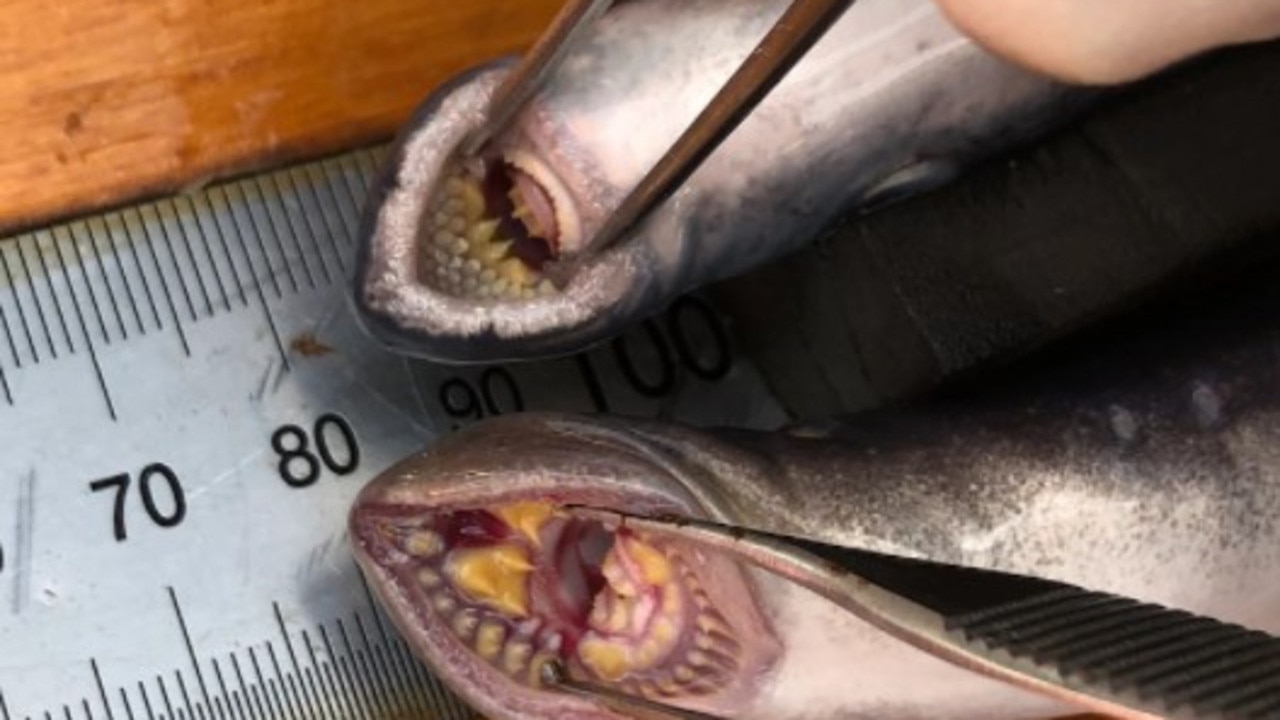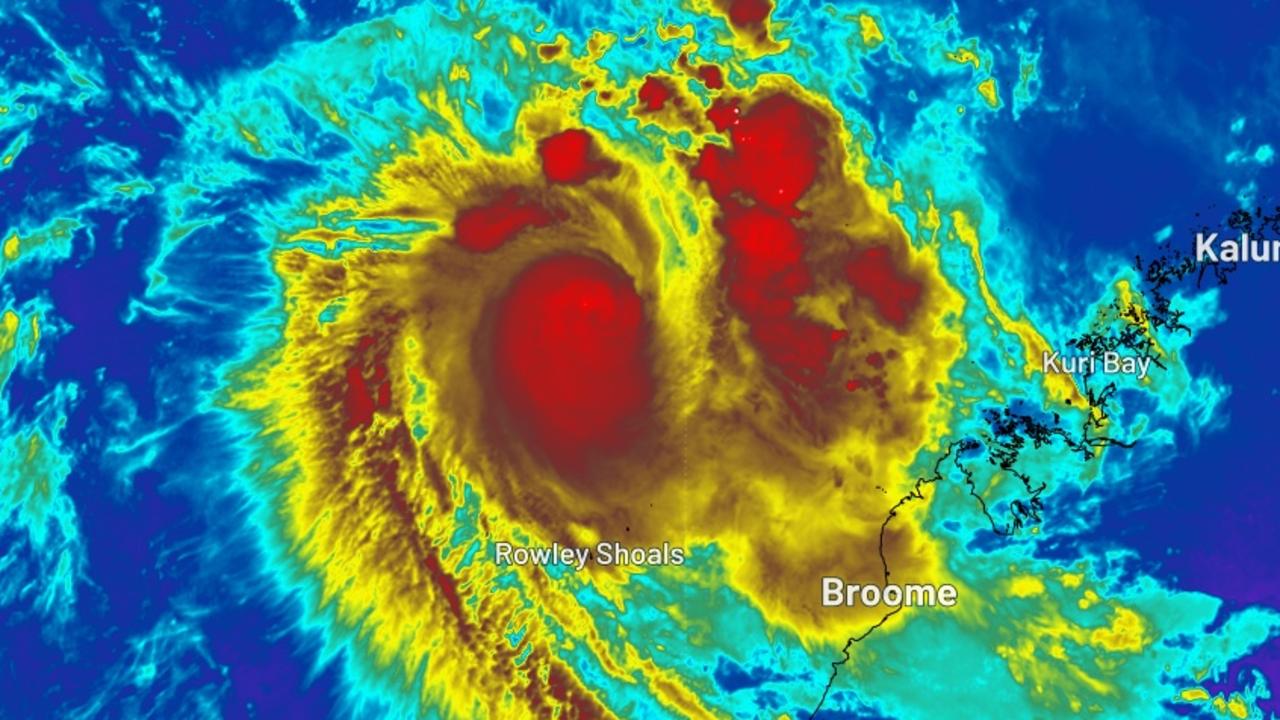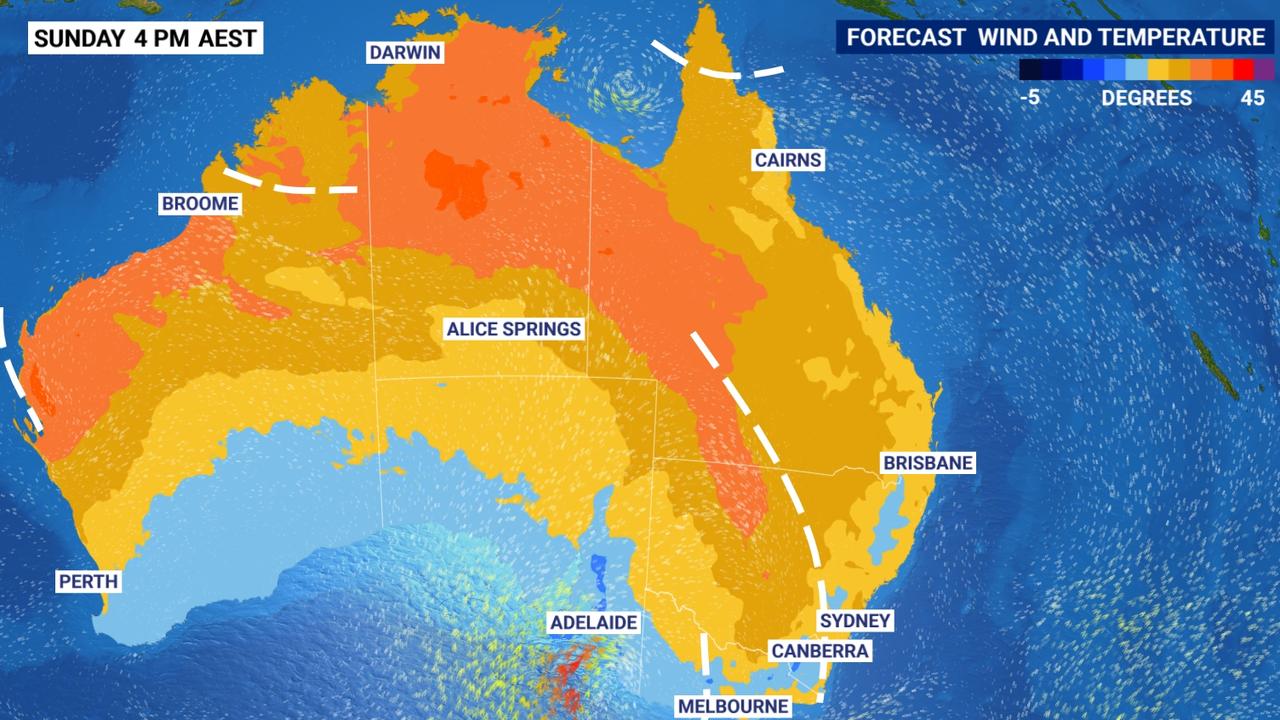Scientists note record numbers of lamprey fish in Murray River system
An ancient fish that feeds ‘on blood, fluids and even chunks of flesh’ was thought to be extinct. But scientists in one state have noted a record comeback.

An ancient, bloodsucking fish has made a comeback from near-extinction after record numbers were monitored in the Murray River system last year.
A study for the Department for Environment and Water recorded 91 pouched lamprey and four short-headed lamprey swimming from South Australia‘s Coorong through to the Murray River system between July and October last year.
It is the highest number of the ancient and native species ever monitored in Australia over winter.
Lamprey were feared to be almost extinct after the Millennium Drought (from 2001 to 2009), which caused more than three years of disconnection of the Lower Murray river system.
“After the drought … we were really struggling to find any lamprey in the system and we had some really big concerns about whether we had lost a couple of species from the Murray-Darling Basin,” Department for Environment and Water‘s Program Leader for Coorong, Lower Lakes and Murray Mouth, Adrienne Rumbelow, told ABC.
However, a recently increased flow into the lower Murray system has allowed the living fossil to continue migrating.
Lamprey are anadromous, meaning they migrate up freshwater rivers from the sea to spawn.


Scientists such as Ms Rumbelow have fitted the lamprey with tags for tracking.
The Murray-Darling Basin Authority describes the pouched lamprey’s appearance as “medium sized, slender and elongated, with a scaleless, eel-like body”.
Adults range between 50cm and 70cm in length in freshwater situations and are larger than the short-headed lamprey.
“Lampreys lack jaws; instead adults have a well-developed suctorial oral disc with blunt teeth in irregular spirals.
“During the spawning run, adult males develop a large pouch below the head.”
They feed on the blood and flesh of larger fish in the ocean.
“They have an oral disc with several quite savage looking teeth inside and they use this to attach to larger fish out in the ocean, raft a hole then feed on blood and fluids and even chunks of flesh,” South Australian Research and Development Institute research scientist Chris Bice said.
“They only feed in the marine environment and as soon as they move into freshwater [from saltwater] and start their upstream migration, they stop feeding.
“So, while they may look a bit savage, they are of no risk or danger to humans.”




